
Intelligence
Researchers uncover giant enzymes in marine algae responsible for deadly fish-killing toxins
A new study shows that massive enzymes in marine algae that produce neurotoxins cause mass fish deaths during harmful algal blooms.
Innovation & Investment
New UK-wide training will help aquaculture tackle harmful algal blooms with standard reporting and early warning systems.

Intelligence
A new study shows that massive enzymes in marine algae that produce neurotoxins cause mass fish deaths during harmful algal blooms.
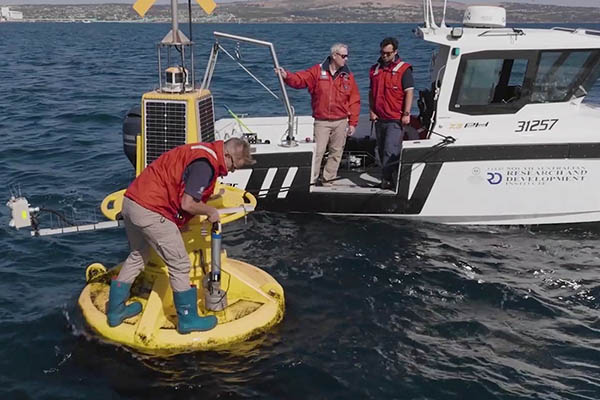
Intelligence
CSIRO’s AquaWatch technology "significantly" helped water quality monitoring needed to support aquaculture growth in the Spencer Gulf region.
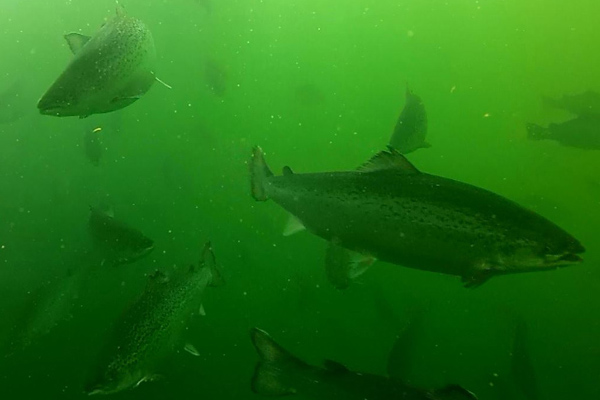
Intelligence
Researchers conclude that farmed salmon biomass does not impact the abundance of harmful algal blooms in Scottish waters.
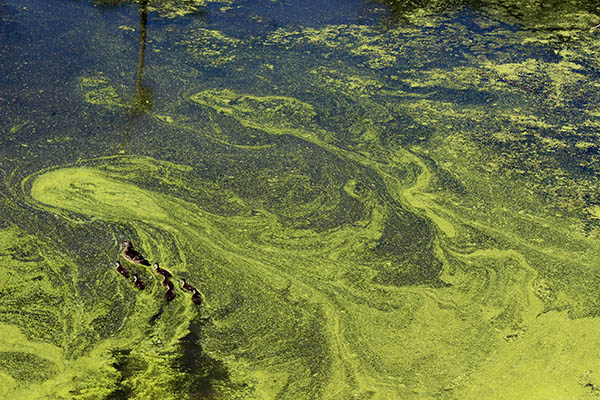
Intelligence
Molecular biology-based approach with artificial intelligence can predict a rise in toxic algae weeks earlier than the microscope method.
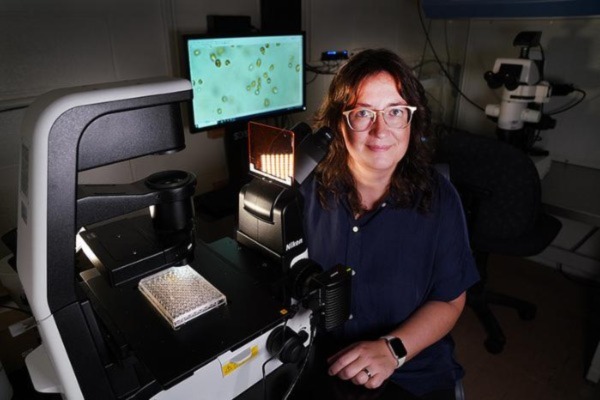
Intelligence
New research into the genetic diversity of Prymnesium parvum could help predict when harmful algal blooms will occur.

Intelligence
Document provides guidance to implement or improve early warning systems for harmful algal blooms that threaten seafood and public health.
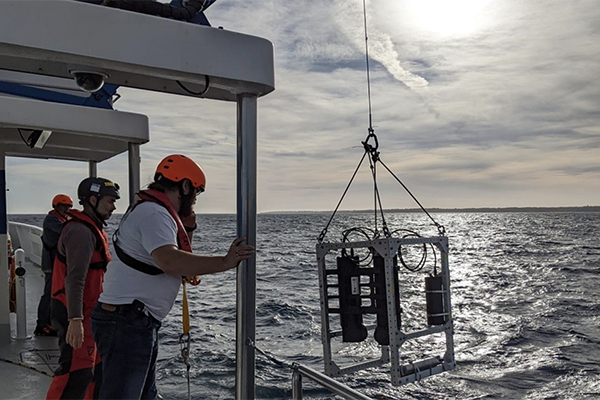
Innovation & Investment
An autonomous, submersible, 3D holographic microscope and imaging system could provide an effective red tide warning system, a study finds.

Health & Welfare
A new training program is being developed to help UK seafood producers detect and report harmful algal blooms in open coastal waters.
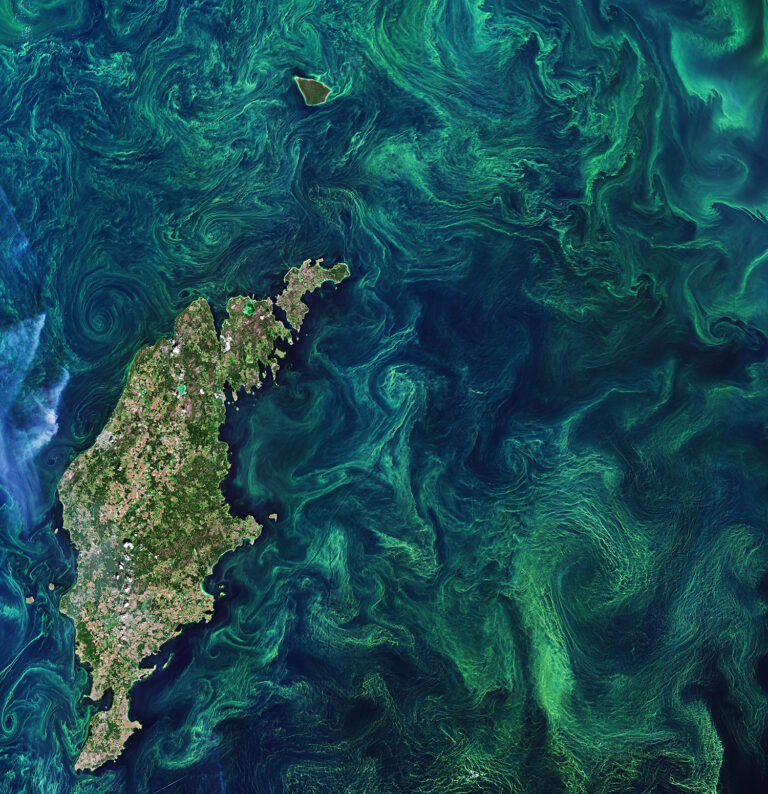
Innovation & Investment
NOAA awarded $7.5 million to launch a technology incubator with a mandate to “advance innovative ways to control harmful algal blooms."
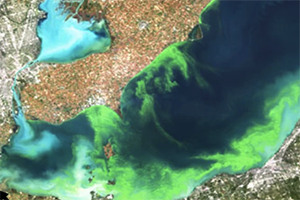
Intelligence
Study shows that a novel machine-learning approach using global climatic patterns can improve seasonal prediction of harmful algal blooms.
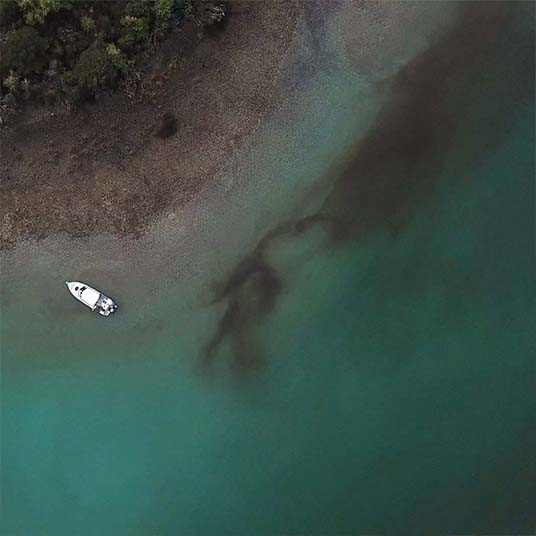
Intelligence
A new study suggests that harmful algal blooms could threaten shellfish health and the growth of New Zealand's aquaculture industry.

Intelligence
Salmon farms are vulnerable to the impacts of harmful algal blooms. Scotland's aquaculture industry is embracing technology as a solution.

Responsibility
The National Oceanic and Atmospheric Administration announced $15.2 million in funding to research harmful algal blooms throughout U.S. coastal and Great Lakes waters.

Responsibility
Emerging technologies could make it easier for fish farmers to detect and defeat harmful algal blooms, but expertise will yield best results.
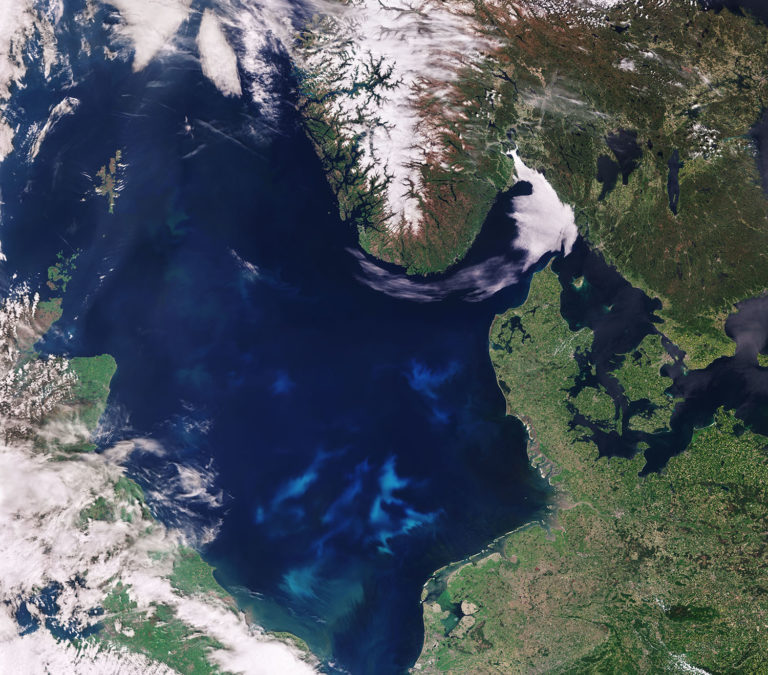
Innovation & Investment
The causes and effects of harmful algal blooms have only been studied recently, as damage to the global aquaculture industry mounts.